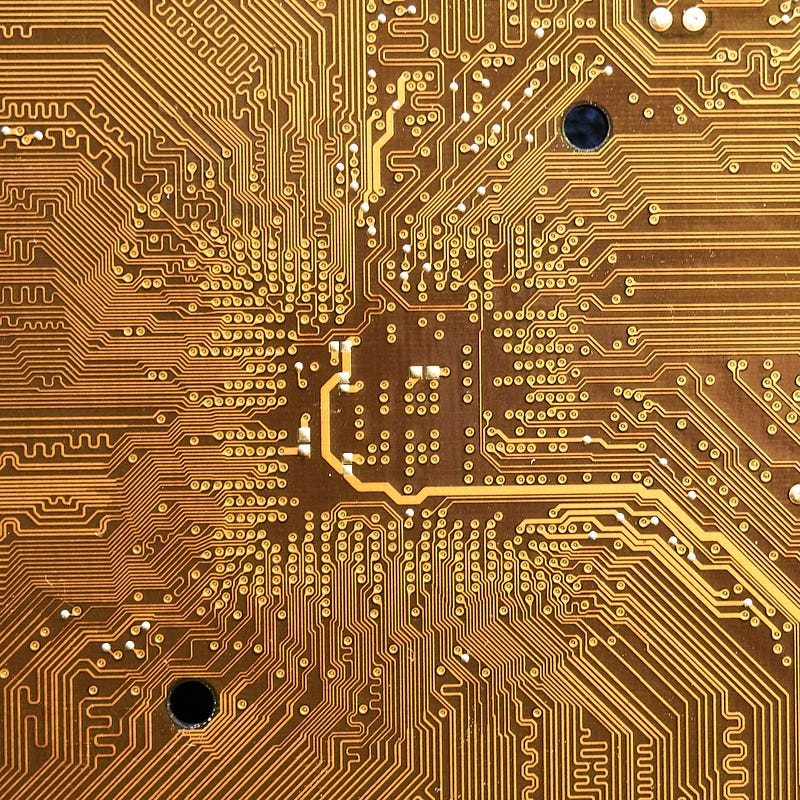Rescuing Electronics from Water Damage: Essential Tips
Written on
Chapter 1: Understanding Water and Electronics
Have you ever wondered if an electronic gadget can be saved after being submerged in water? The short response is yes, but several factors come into play. To grasp this better, we must first recognize how water interacts with electronics. Water acts as a conductor of electricity, enabling current to flow unpredictably rather than through the intended circuitry. This erratic flow can result in a short circuit, potentially causing various malfunctions. Excessive power may reach certain components, leading to their failure; this is often why devices like smartphones malfunction after contact with water.
Another significant issue is corrosion. Water can oxidize metals, such as copper, found within your device. Although this may not pose an immediate threat, it can lead to complications down the line. There are additional factors contributing to water damage in electronics, but these are the primary concerns. If there are no major short circuits, you stand a good chance of salvaging the device.

Photo by Manuel on Unsplash
Section 1.1: Steps to Take When Your Device Gets Wet
What actions should you take if your device becomes wet? First and foremost, promptly remove the battery and any other power sources to mitigate further damage and allow it to dry out. Remember, without electricity, there can be no short circuit. DO NOT attempt to power on the device until you are certain it is thoroughly dried. In most cases, the device should function normally afterward.
From personal experience, I have successfully saved several phones using rice and the warmth from a blow dryer or by placing them in a sunny car. To dry your phone effectively, place it (disassembled if possible to maximize exposure) in a sealed container filled with rice. If you can leave it in sunlight or in a car, the rice will absorb the moisture while the heat speeds up evaporation. Typically, a couple of days is sufficient for complete drying, but use your best judgment.
Section 1.2: Understanding Water’s Conductivity
Bonus Insight: While water is generally viewed as a poor conductor of electricity, this varies significantly with the type of water. Pure or distilled water conducts electricity minimally. However, everyday water contains impurities such as salts and metal ions, which facilitate a much better flow of electricity. This is why we often assume that water is a highly conductive medium.
Chapter 2: Video Insights into Electronics and Water
The first video, "Electronics & Water? What could possibly go wrong?" delves into the potential hazards of exposing electronics to water, highlighting the risks and preventive measures.
The second video, "What is a Short? What Causes Them?" explains the phenomenon of short circuits, detailing their causes and effects on electronic devices.